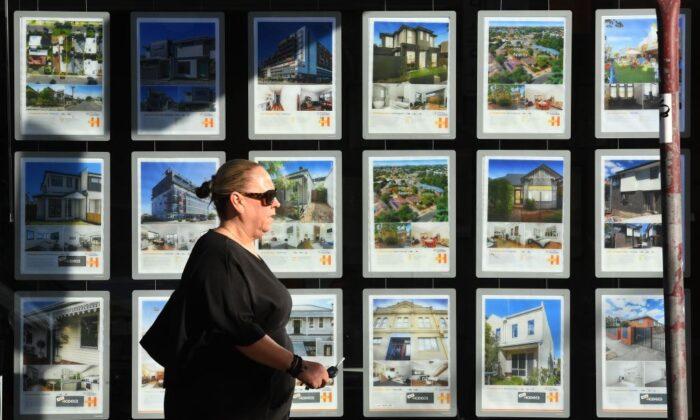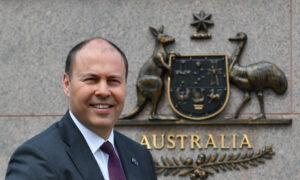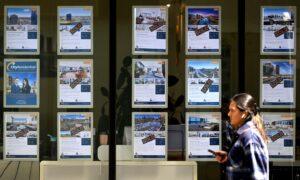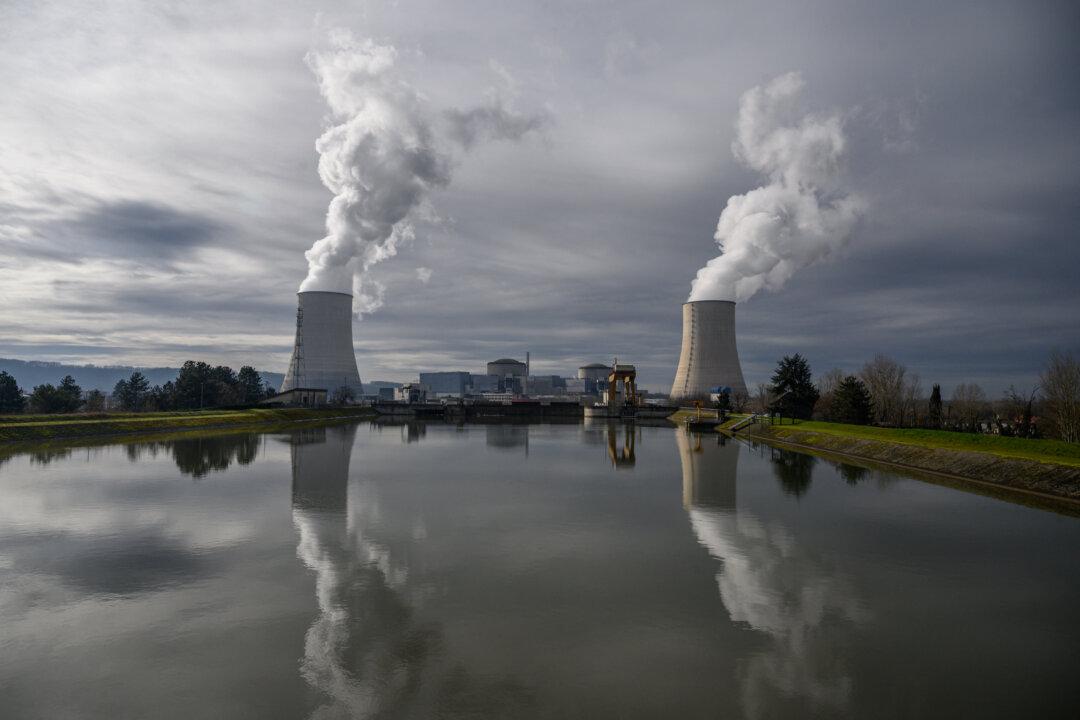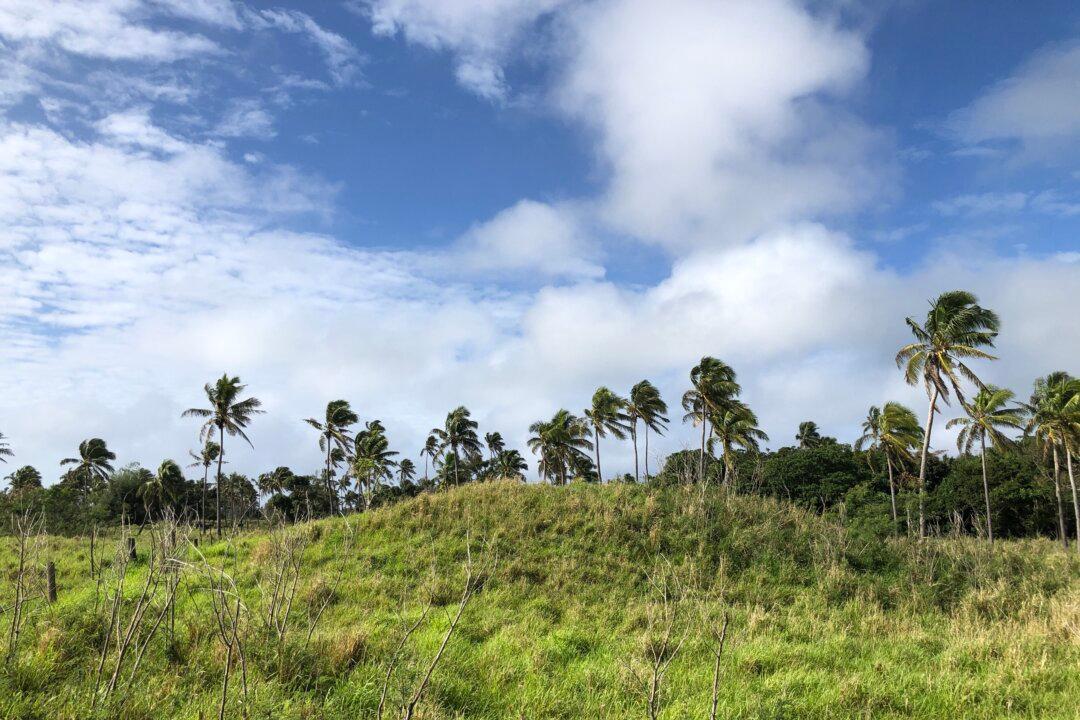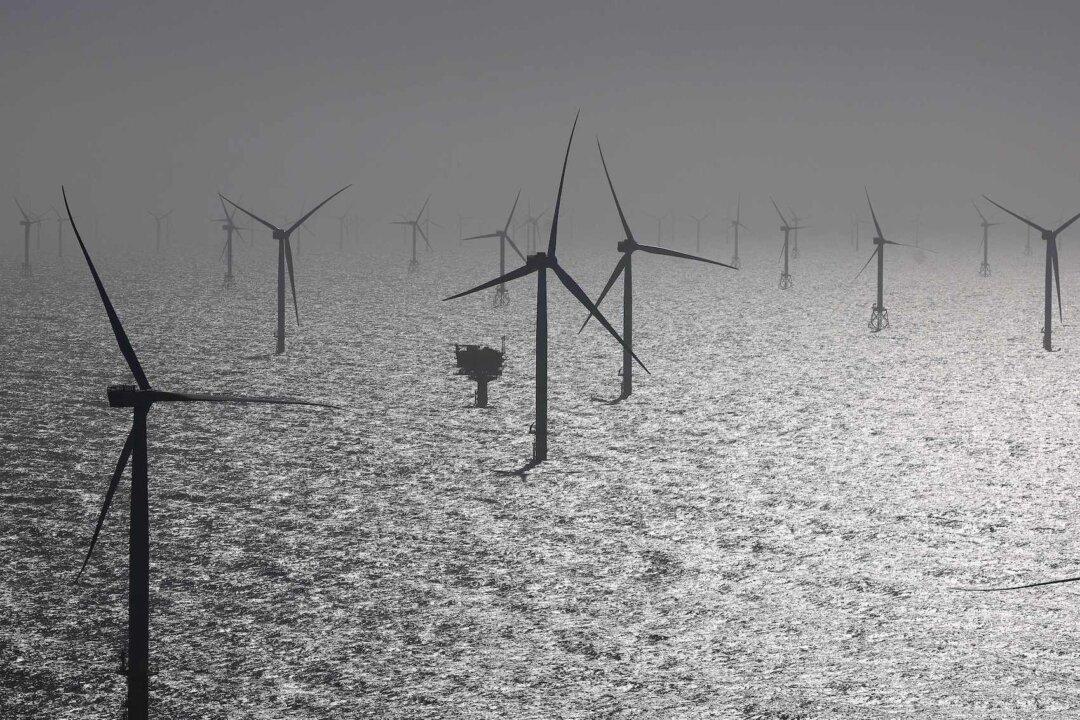Despite economic pressures, the housing market remains buoyant as an undersupply of housing has seen properties across Australia grow at an average median of $12,000 (US$7,800) since the end of 2023.
The news of an equity increase will be welcomed by homeowners weighed down by the cost of living crisis and interest rate increases. The Reserve Bank has now regulated the official cash rate after hiking it to curb the inflation spike from the pandemic era and agreed to hold it at 4.35 percent on 20 March.
One of the primary drivers of the housing crisis in Australia is the imbalance between housing demand and supply.
Tax policies, such as negative gearing and capital gains tax discounts, have incentivised property investment, creating a renter’s market.
Strong population growth, fueled by immigration, particularly in major cities, has made securing a property increasingly difficult for new arrivals and has subsequently priced out first-home buyers or those with limited income. Australia welcomed 500,000 immigrants in the year to July 2023.
Compounding the issue is limited land availability, regulatory constraints, and delayed construction activity brought about by COVID-19.
Results from property researcher CoreLogic are showing that home values are rising faster than the pace of growth seen at the end of last year.
That optimism can be tempered somewhat by statistics that point towards the most recent jump of 1.6 percent being only half of the 3.3 percent increase of quarter-on-quarter rises seen in 2023, the lack of housing stock continues to inflate the market.
“Rate hikes, cost of living pressures, and worsening housing affordability are all factors that have contributed to softer housing conditions since mid-last year,” CoreLogic’s research director Tim Lawless said.
“However, an undersupply of housing relative to demand continues to keep upwards pressure on home values despite these headwinds.”
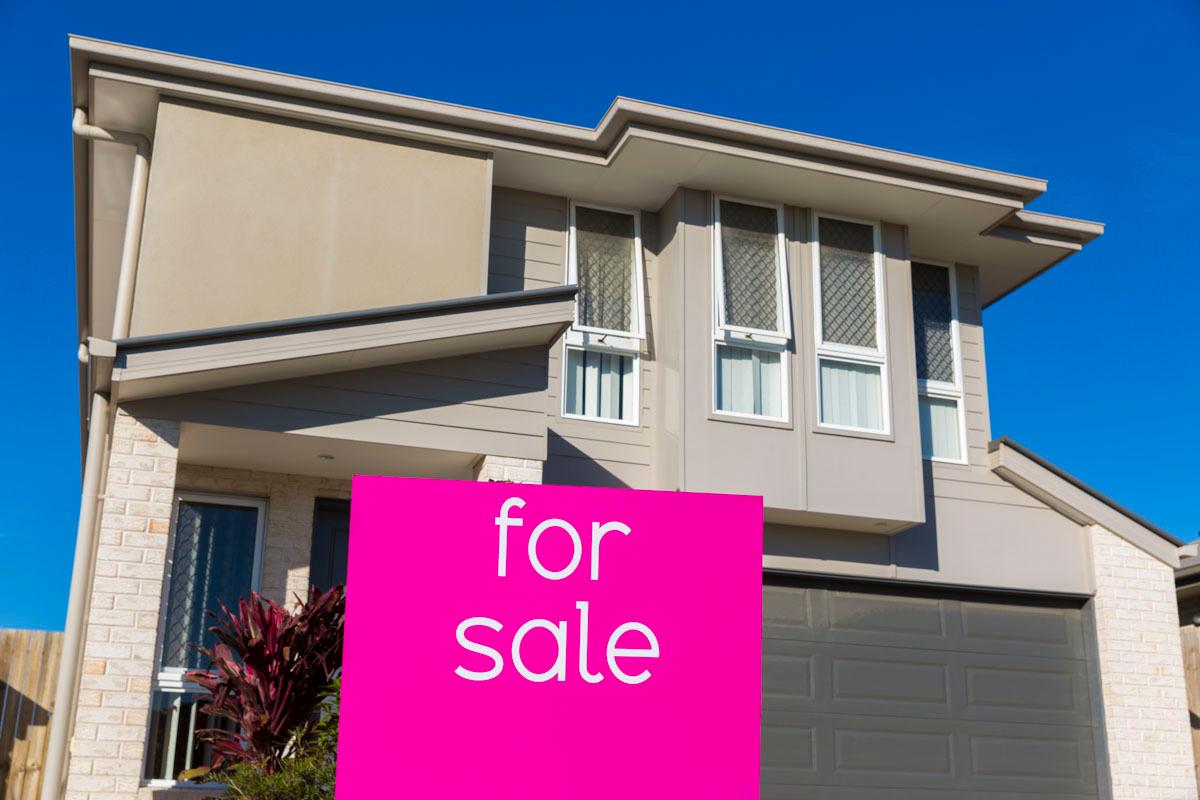
Most Regions Have Seen Rises
On the back of the value increase, house sales across Australia are predicted to have risen by 9.5 percent across the first quarter of this year, with CoreLogic’s home value index having increased by 10.2 percent since January 2023.Traditionally, strong housing markets in state capitals have maintained their growth in March statistics, with a combined median property value of $842,109. The exception is Darwin which fell by 0.2 percent.
The median dwelling price in Australia now sits at $765,762. Sydney has a median asking price of $1,128,155, well ahead of Melbourne, while Brisbane has had a 15.6 percent median gain over the past 12 months.
Housing markets in regional areas have also experienced significant growth, albeit at around half the level of their capital counterparts, boasting a combined regional median price of $612,096. Only regional Victoria experienced a 0.3 percent fall in house values.
Mr. Lawless also said figures released on house and unit rental growth would interest cashed-up property investors looking for a better yield.
“A rise in rental yields alongside an expectation that housing values could rise and rental markets remain tight for an extended period of time is likely to be seen as an attractive opportunity for property investors.”
However, those looking to become first-time landlords may be stymied by average mortgage rates topping 6 percent unless buyers “stump up a sizeable deposit,” he said.
